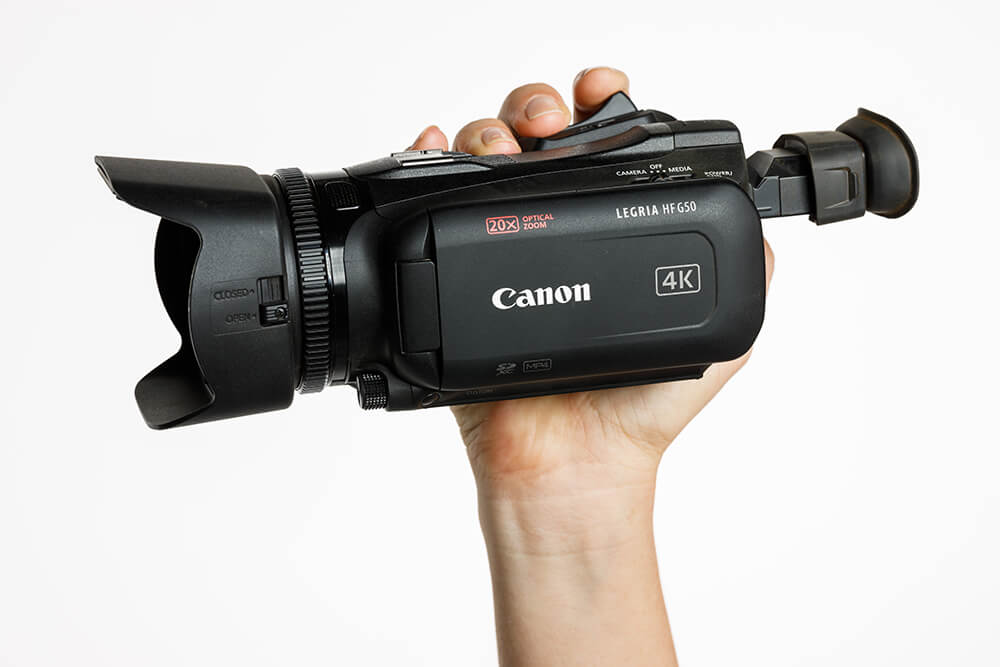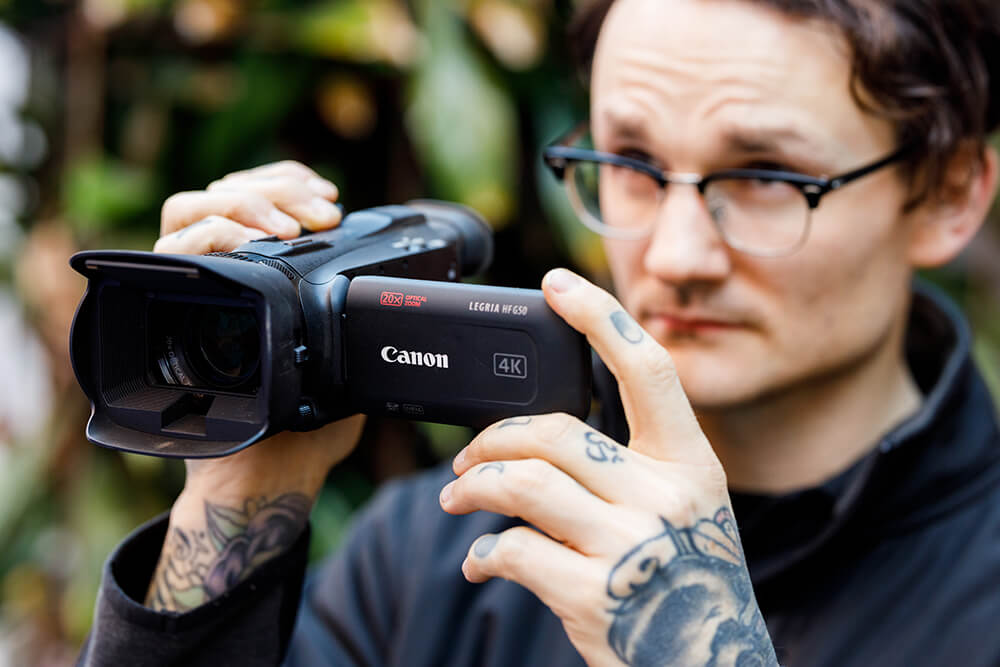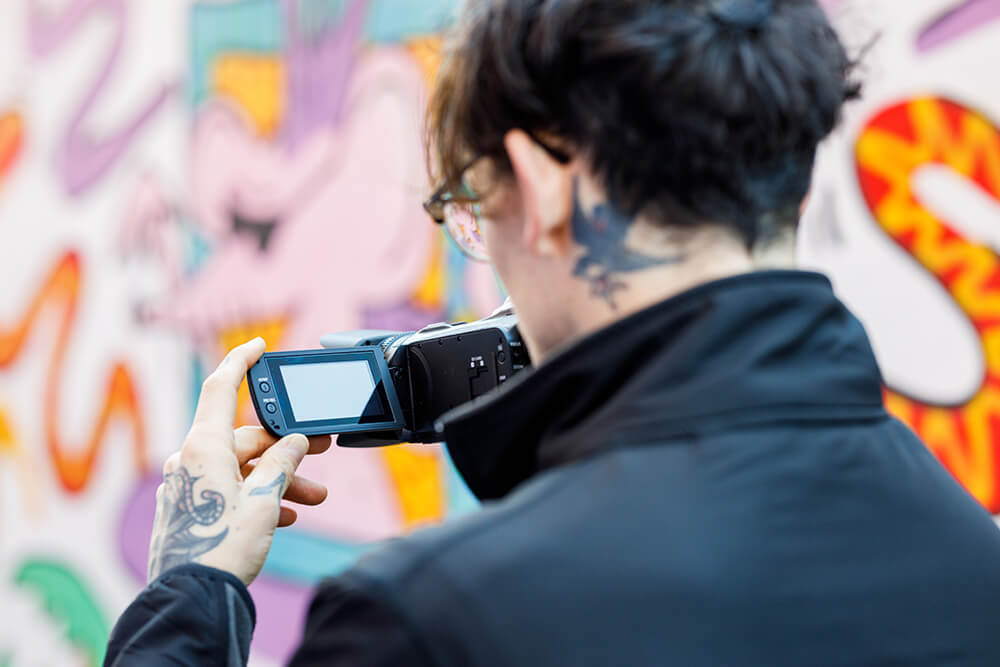- Why buy a Digital Video camera?
-

Long gone are the days when any single appliance did the job it was designed for and nothing much else. A Mix Master used to mix dough and cake mix, now it chops veggies, makes juices, blends the latest trend in green things and probably even talks to the internet. A phone is no longer primarily used as a device to, you know, talk to other people.
And a camera is no longer just a camera; many now shoot video as well as stills, allow in-camera editing, capture audio and even allow wireless transmission of content to your smartphone.
If you want to primarily shoot video, it used to be a given you’d simply buy a dedicated camcorder. These days there are many more options which begs the question, why would you still buy a camcorder rather than a DSLR or Mirrorless stills camera that also has video capabilities?
Not surprisingly, there are some very good reasons.
Ergonomics

There are some things that you won’t see on a spec sheet – ergonomics is a big one. Camcorders are built the way they are for many reasons and one key thing to consider is comfort whilst shooting for long periods.
When quick zooming, panning, following a subject and focusing are needed, the ergonomics of a camcorder excels as the fingers of the right-hand fall onto the controls naturally, while the left hand balances the body of the camcorder and operates the focus and zoom ring as required.
Lenses

There is much noise about the ability of DSLR and Mirrorless cameras to get shallow depth of field and accordingly, that mystical and ever elusive “filmic” look. Bokeh is not the be-all and end-all of every image. Nor is shallow depth of field. When it comes to quick run and gun setups with flexibility to zoom, the benefits of a camcorder really start to shine.
Creating a nice slow zoom on a DSLR or Mirrorless camera is not an easy task when shooting video as most camera lenses don’t have a powered zoom function, and once you fit a decent lens on to the front of a DSLR or Mirrorless camera it will weigh more than most camcorders again leading to ergonomic issues.
Audio
Out of the box, the audio capability of any decent camcorder is far superior to what DSLR or Mirrorless cameras can capture without an external mic.
Many professional camcorders such as the new XA40, XA50 and XA55 also include a handle in the box with advanced audio control and XLR inputs for more professional audio capture.
Other Benefits

Most DSLR and Mirrorless cameras don’t record more than 29 minutes and 59 seconds, limiting their effectiveness for shooting interviews, concerts or other situations where long uninterrupted scenes are required.
Although sensor sizes in camcorders are smaller, users have the ability to connect lights to their cameras to alleviate low light issues. For this, a good LED light for top mounting is inexpensive. Not to mention the actual capability of the latest camcorders in low light which are vastly improved vs days gone by due to better processing and larger 1” sized sensors used in models such as the new XA50 and XA55.
The best place to start is to decide what the major use of the camera will be for you. If you’re primarily going to shoot video, camcorders take excellent footage, are comfortable and quick to use and give great control over what you shoot and how you shoot it.
DSLR or Mirrorless cameras are capable of taking excellent stills and are more than capable of producing outstanding video content, but there are some compromises for shooting video if that is your focus (pardon the pun).
Discover our range of video camcorders.